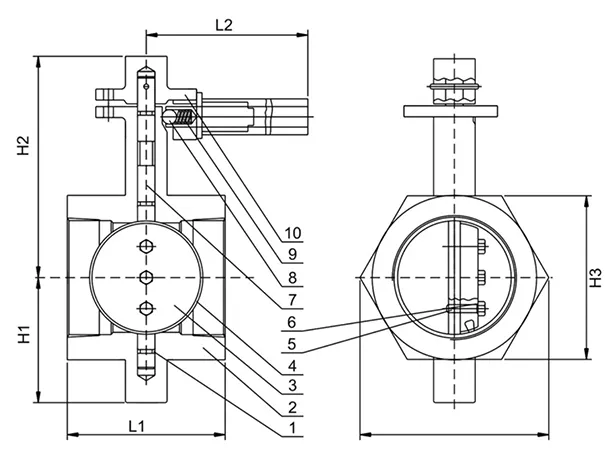Nov . 19, 2024 11:27 Back to list
wire cable
Understanding Wire Cables Types, Applications, and Importance
Wire cables are an integral part of modern electrical systems, playing a crucial role in the transmission of electricity and data. Composed of one or more conductive wires surrounded by insulation, wire cables are designed to facilitate safe and efficient electrical connections. This article explores the various types of wire cables, their applications, and their importance in today’s technological landscape.
Types of Wire Cables
Wire cables can be broadly classified into several categories based on their construction, materials, and applications. Some of the most common types include
1. Coaxial Cable This type consists of a central conductor, an insulating layer, a metallic shield, and an outer sleeve. Coaxial cables are primarily used for transmitting radio frequency signals and are commonly found in cable television and internet connections.
2. Twisted Pair Cable Comprising pairs of insulated copper wires twisted together, twisted pair cables are widely used in telecommunications and networking. They come in two varieties unshielded twisted pair (UTP) and shielded twisted pair (STP), with UTP being the most prevalent in local area networks (LANs).
3. Fiber Optic Cable Unlike traditional metallic cables, fiber optic cables transmit data as light signals through thin strands of glass or plastic. These cables offer high bandwidth capabilities and are resistant to electromagnetic interference, making them ideal for high-speed internet and communication systems.
4. Power Cable Power cables are specifically designed for the transmission of electrical energy. They can be single-core or multi-core and come in various voltage ratings. Power cables are essential for connecting electrical devices to the grid or other power sources.
wire cable

5. Control Cable These cables are used to control various electrical devices and systems, particularly in industrial settings. Control cables facilitate signal transmission and are often used in machinery, power plants, and automation systems.
Applications of Wire Cables
Wire cables find applications in numerous fields, ranging from telecommunications to construction. For instance, coaxial cables are pivotal in broadcasting and internet services, while twisted pair cables are the backbone of network infrastructure in offices and homes. Fiber optic cables have revolutionized data transmission, enabling high-speed internet and advanced communication systems.
In the industrial sector, power and control cables are essential for the functioning of machinery and equipment. They provide the necessary connections for electrical power and control signals, ensuring operational efficiency in manufacturing processes.
Importance of Wire Cables
The significance of wire cables cannot be overstated. They underpin the entire electrical and communication infrastructure that powers contemporary life. From powering homes and businesses to facilitating global communication, wire cables are fundamental to technological advancement.
Moreover, as the demand for faster internet speeds and more reliable electrical systems increases, the role of wire cables becomes even more critical. Innovations in cable technology, such as improved materials and designs, continue to enhance performance and expand their applications.
In conclusion, wire cables are essential components of modern technology, providing vital connections for power and data transmission. Understanding the types and applications of wire cables is crucial not just for professionals in the field, but also for consumers who rely on these technologies in their daily lives. As we move further into an increasingly digital and interconnected world, the importance of wire cables will only continue to grow.
Share